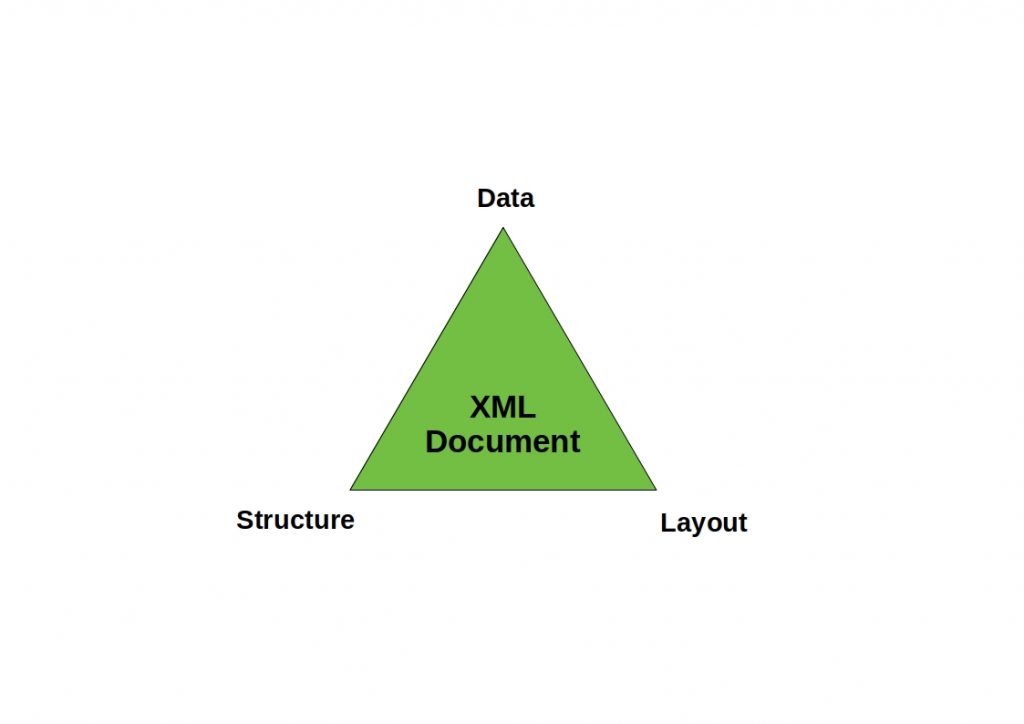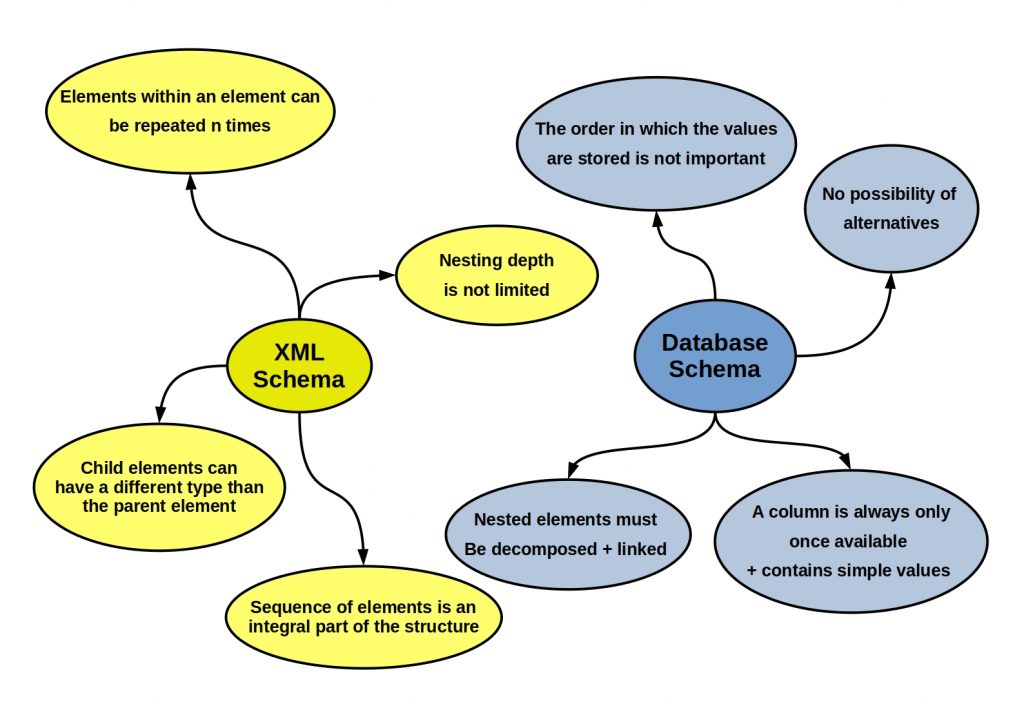Array vs Object – JSON is one of the most popular data formats. However, the creation of such an object is done according to some rules. These rules depend on the original data type. In this article we will introduce you to the conversion of some JSON data types (Array vs Object).
What is JSON anyway?
With the JavaScript Object Notation, JSON for short, you can structure data compactly and independently of programming languages. The data format is therefore particularly well suited for exchange between your applications, for general data storage (file extension “.json”) and for configuration files. The data is also readable for you and coded in the standardized text format. The application notes of the data format are defined by the standards – RFC 8259 and the JSON syntax by the standards ECMA-404. Due to its easy integration with JavaScript, you can use it well for transferring data in web applications.
You can best compare the JSON data structure to XML and YAML, only it’s simpler and more compact.
What are the basic rules?



The JSON text structure is based on the JavaScript Object Syntax. Hierarchical data structures are thus possible. It contains only properties and no methods. The basis is formed by name-value pairs and ordered list of values. Basically, they are formatted with curly braces and as strings. This is especially advantageous if you want to transfer the data over the network. If you want to access the data you have to convert the text structure into a native JavaScript object.
Data Formats – JSON Array vs Object
Basically, you can have different data types included in JSON.
Value:
Your JSON value can take one of the following allowed types.
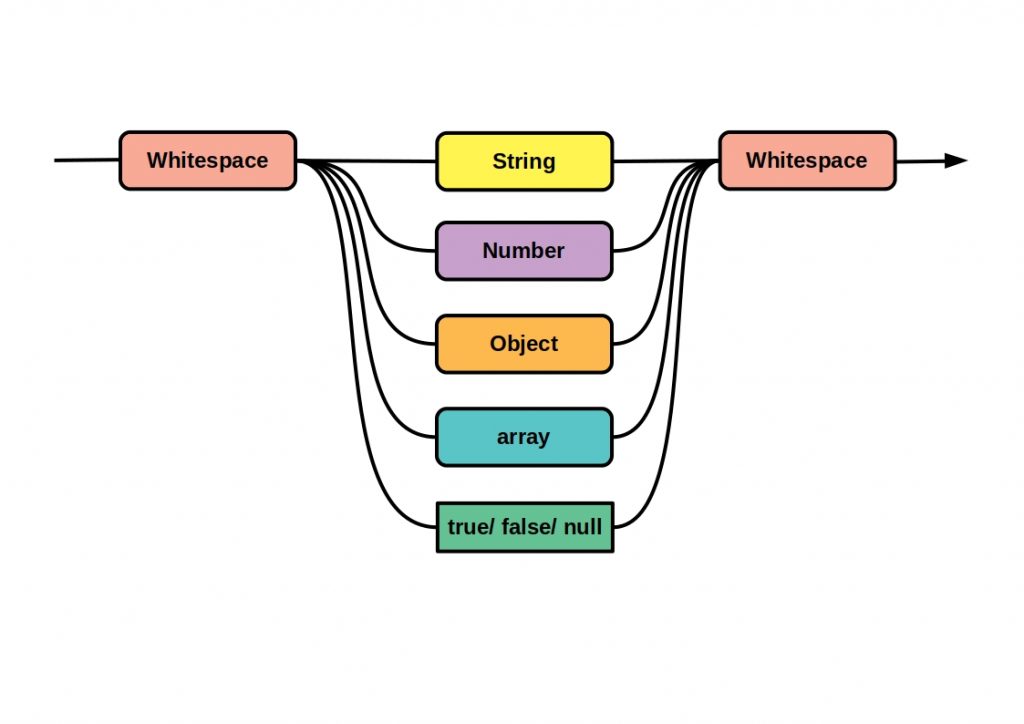


Object:
A JSON object represents the basic form of a JSON text. With this you can accept any data type that is suitable for inclusion in JSON.
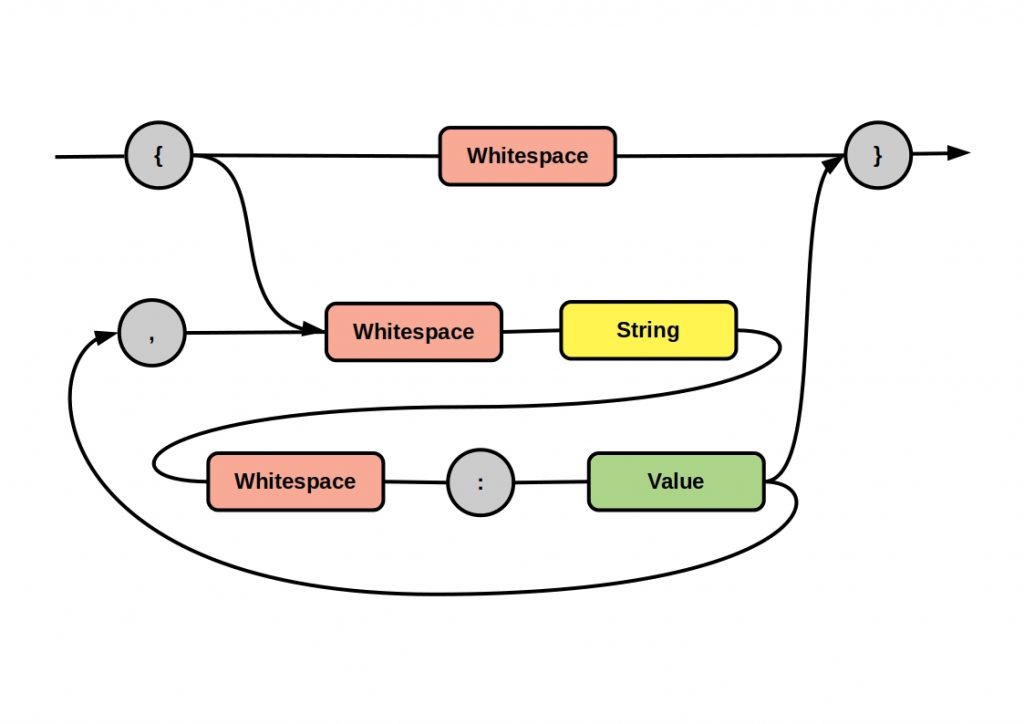


Array:
JSON Array vs Object – It is possible to include an array. Arrays can contain objects, strings, numbers, arrays and boolean. You can include arrays as shown schematically below, enclosed with two square brackets.
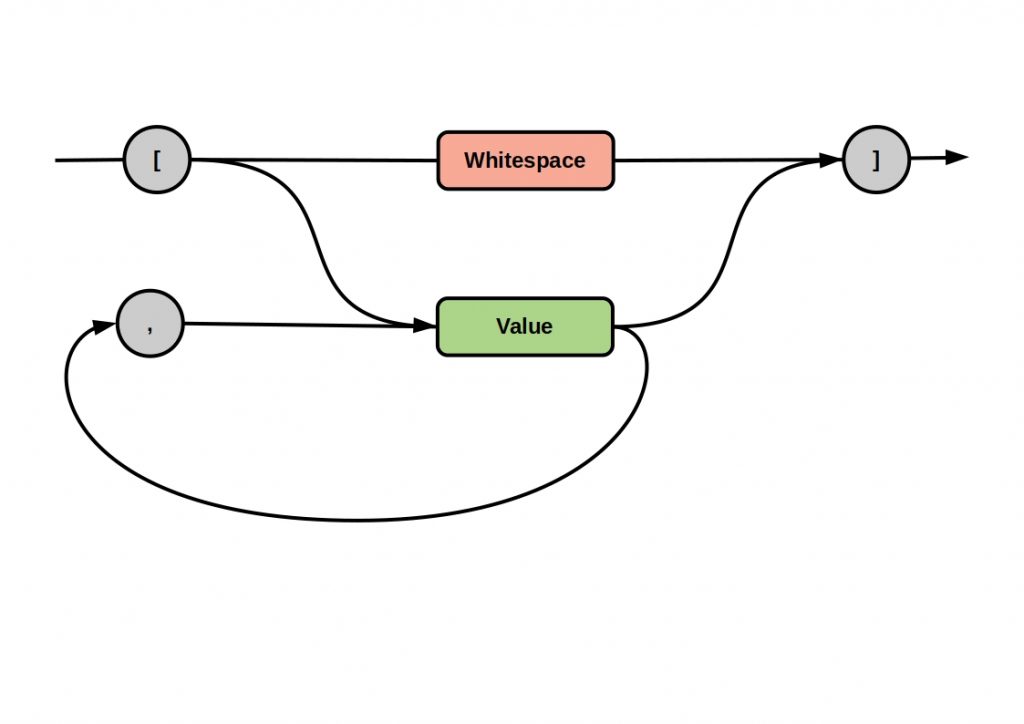


In this way, you can further and further nest the individual data types with each other and thus easily create any number of hierarchy levels. For example, object attributes can consist of arrays, or arrays can contain multiple objects.


